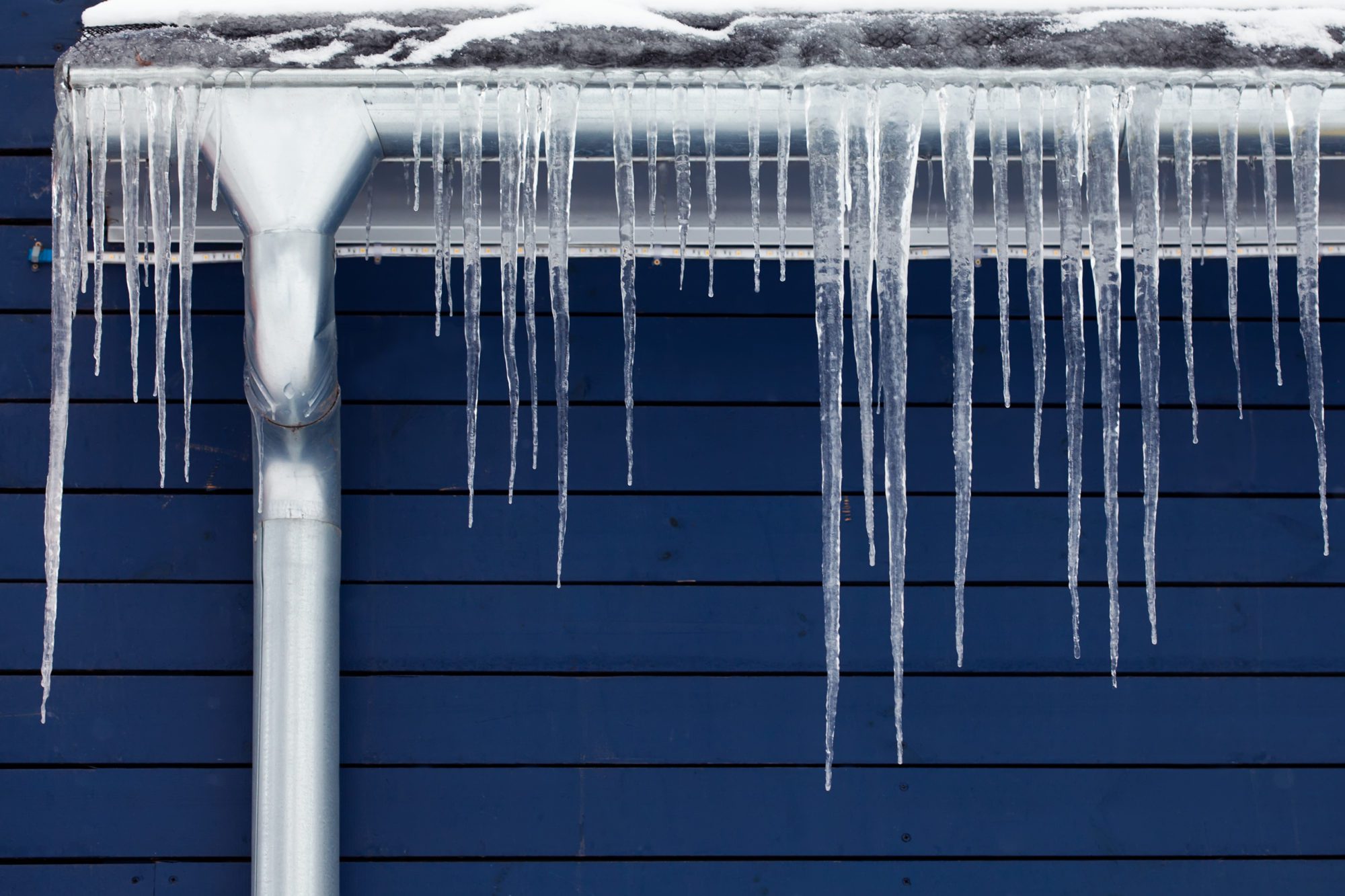Essential Advice for Avoiding Frozen Plumbing in Winter Conditions
Essential Advice for Avoiding Frozen Plumbing in Winter Conditions
Blog Article
They are making a few great annotation on the subject of Preventing and dealing with frozen pipes in general in this great article down the page.

Winter can ruin your plumbing, particularly by freezing pipes. Here's just how to prevent it from happening and what to do if it does.
Intro
As temperatures decline, the risk of icy pipes boosts, possibly leading to expensive fixings and water damages. Comprehending how to stop icy pipelines is crucial for home owners in cold environments.
Recognizing Frozen Pipes
What causes pipes to ice up?
Pipes ice up when exposed to temperature levels listed below 32 ° F (0 ° C) for expanded durations. As water inside the pipelines ices up, it expands, taxing the pipe walls and possibly triggering them to break.
Dangers and damages
Frozen pipes can lead to supply of water disturbances, residential property damage, and expensive repairs. Burst pipes can flood homes and create comprehensive architectural damages.
Signs of Frozen Piping
Identifying frozen pipelines early can prevent them from bursting.
How to recognize icy pipes
Seek reduced water circulation from taps, unusual odors or sounds from pipes, and visible frost on revealed pipelines.
Prevention Tips
Protecting prone pipes
Cover pipelines in insulation sleeves or use warmth tape to secure them from freezing temperatures. Focus on pipelines in unheated or outside areas of the home.
Home heating strategies
Keep interior spaces adequately heated up, specifically areas with pipes. Open up cabinet doors to enable cozy air to flow around pipes under sinks.
Safeguarding Outdoor Plumbing
Garden hoses and exterior taps
Disconnect and drain pipes yard hose pipes prior to winter season. Install frost-proof faucets or cover outside faucets with protected caps.
What to Do If Your Pipes Freeze
Immediate activities to take
If you think icy pipes, maintain faucets available to ease stress as the ice melts. Utilize a hairdryer or towels taken in hot water to thaw pipes gradually.
Long-Term Solutions
Structural modifications
Take into consideration rerouting pipelines away from exterior walls or unheated areas. Include additional insulation to attic rooms, basements, and crawl spaces.
Updating insulation
Buy top notch insulation for pipelines, attic rooms, and wall surfaces. Appropriate insulation aids maintain consistent temperature levels and lowers the danger of icy pipelines.
Final thought
Avoiding icy pipes requires positive steps and quick responses. By recognizing the causes, indicators, and safety nets, home owners can secure their plumbing throughout cold weather.
6 Proven Ways to Prevent Frozen Pipes and Protect Your Home
Disconnect and Drain Garden Hoses
Before winter arrives, start by disconnecting your garden hoses and draining any remaining water. Close the shut-off valves that supply outdoor hose bibs and leave the outdoor faucet open to allow any residual water to drain. For extra protection, consider using faucet covers throughout the colder months. It’s also important to drain water from any sprinkler supply lines following the manufacturer’s directions.
Insulate Exposed Pipes
Insulating your pipes is an effective way to prevent freezing. Pipe insulation is readily available at home improvement stores and is relatively inexpensive. Pay close attention to pipes in unheated areas such as the attic, basement, crawl spaces, or garage. Apply foam insulation generously to create a buffer against the cold. You can also wrap your pipes in heat tape or thermostat-controlled heat cables for added warmth.
Seal Air Leaks
Inspect your home for any cracks or openings that could let in cold air. Seal any holes around the piping in interior or exterior walls, as well as the sill plates where your home rests on its foundation. Additionally, make sure to keep your garage door closed unless you’re entering or exiting. Leaving it open creates a significant air leak that can lead to frozen pipes.
Allow Warm Air Circulation
During cold snaps, it’s essential to allow warm air to circulate evenly throughout your home. Leave interior doors ajar to promote better airflow. Open kitchen and bathroom cabinets to help distribute heat consistently around the rooms. If you have small children or pets, be sure to remove any household chemicals or potentially harmful cleaners from open cabinets for safety.
Let Faucets Drip
A small trickle of water can make a big difference in preventing ice formation inside your pipes. When temperatures drop significantly, start a drip of water from all faucets served by exposed pipes. This continuous flow helps prevent the water from freezing. Additionally, running a few faucets slightly can relieve pressure inside the pipes, reducing the chances of a rupture if the water inside does freeze.
https://choateshvac.com/6-proven-ways-to-prevent-frozen-pipes-and-protect-your-home/

We hope you liked our topic about Winter Plumbing Precautions: Preventing Frozen Pipes. Thanks a ton for taking a few minutes to browse our blog post. Those who enjoyed reading our blog posting plz do not forget to pass it around. Many thanks for your time. Don't forget to stop by our website back soon.
Click Here Report this page